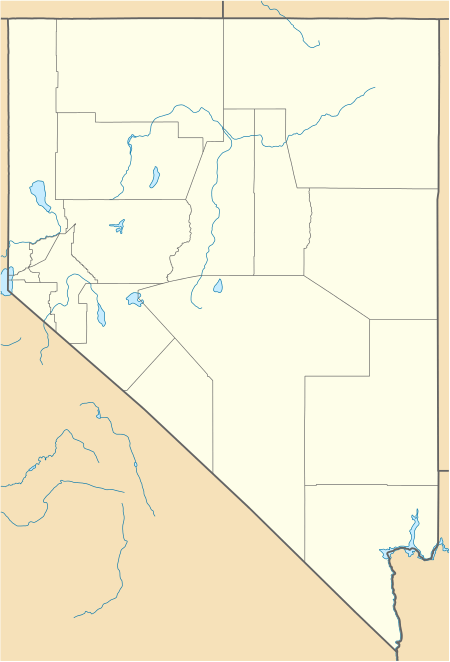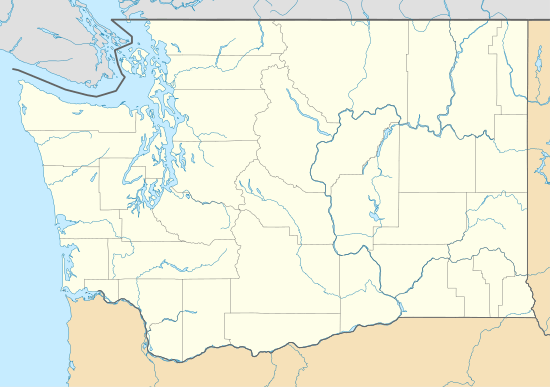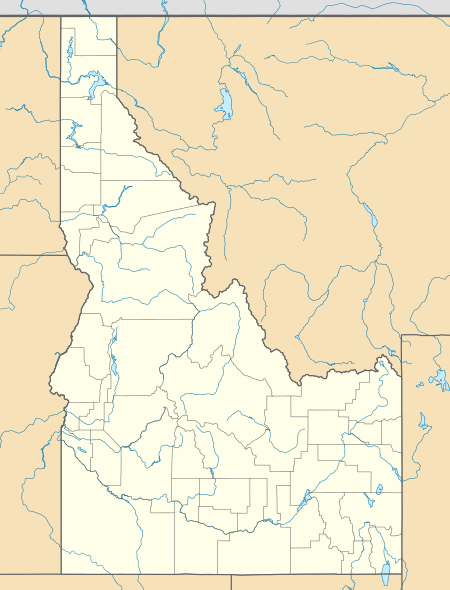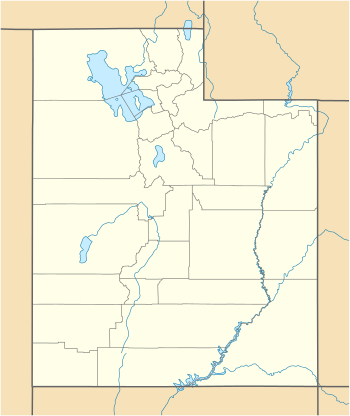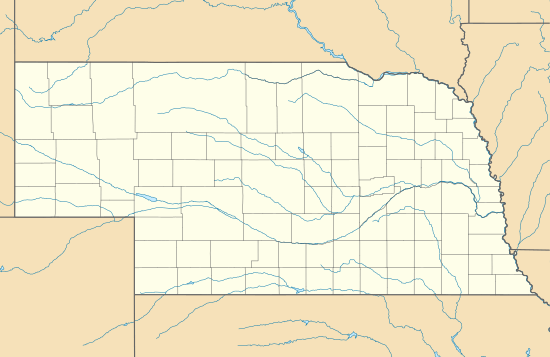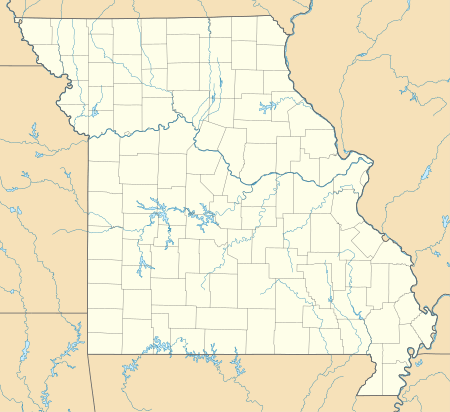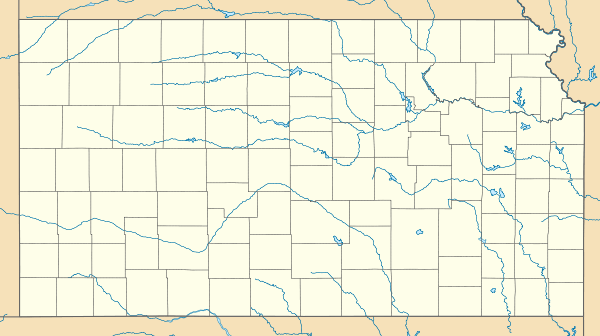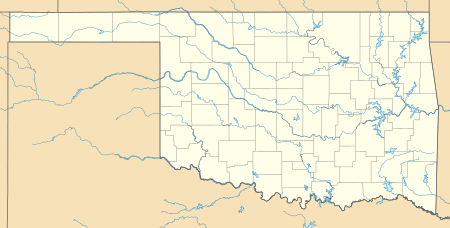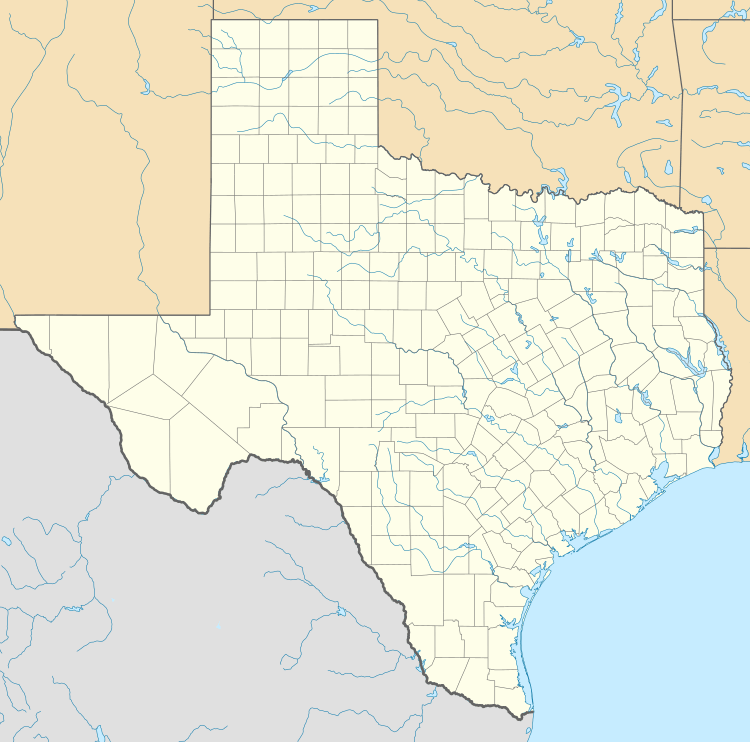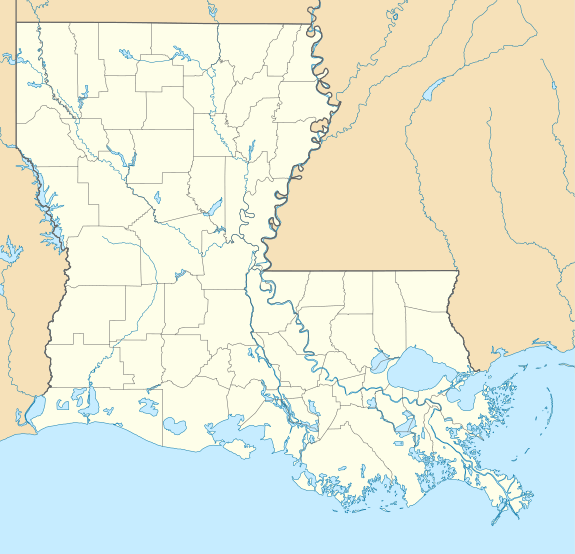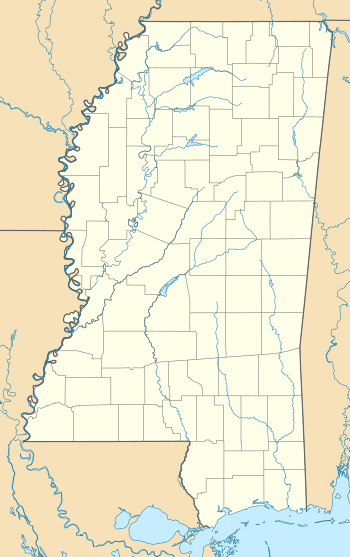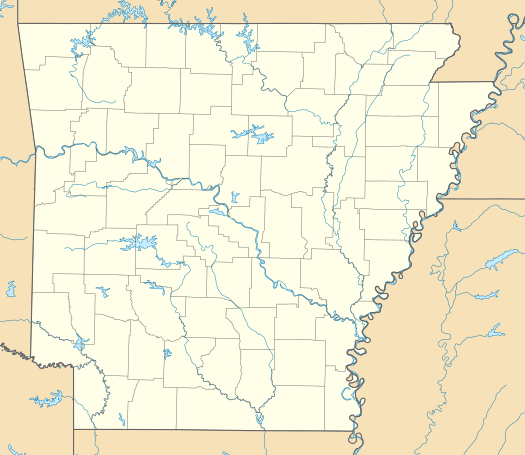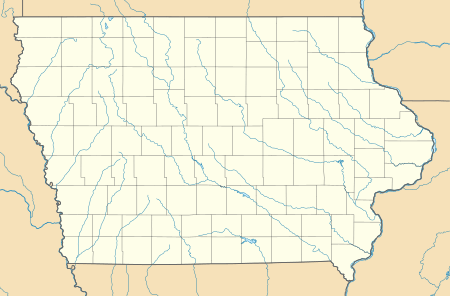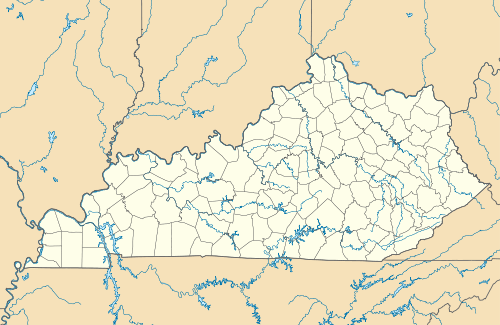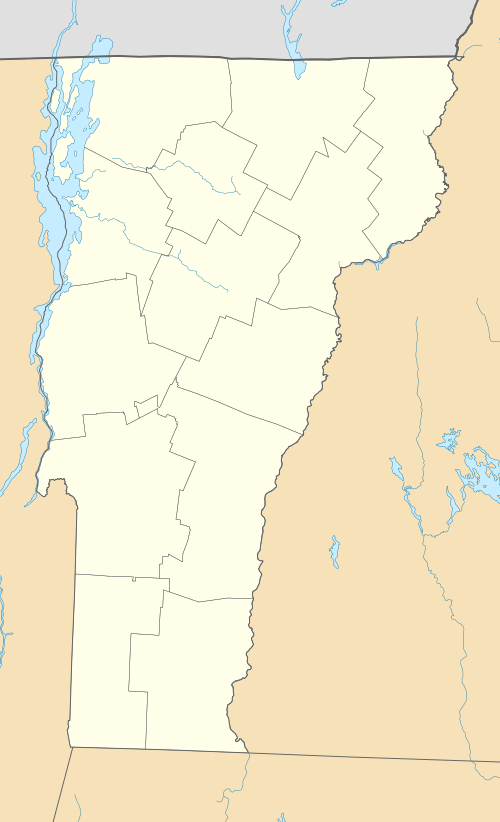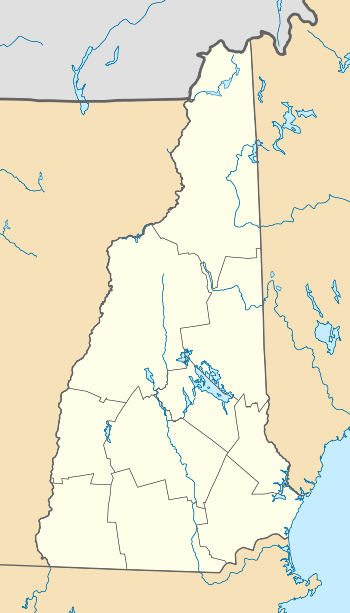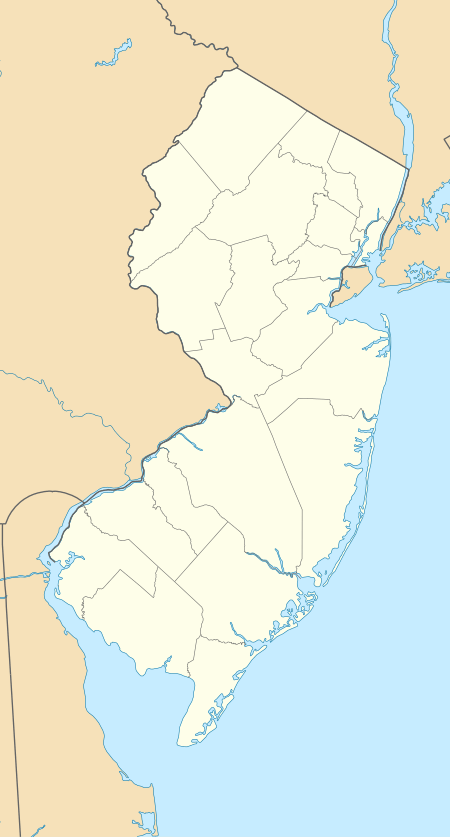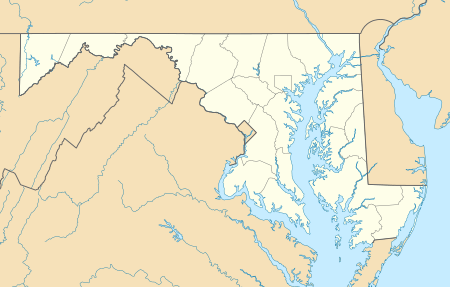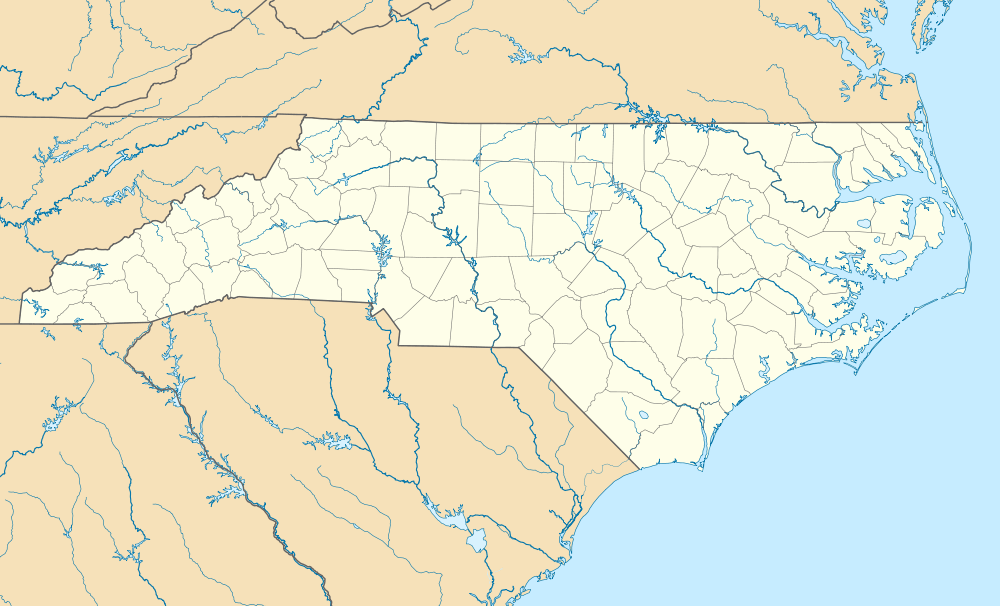1996 Summer Olympics torch relay
The 1996 Summer Olympics torch relay was run from April 27, 1996, until July 19, 1996, prior to the 1996 Summer Olympics in Atlanta.[1] The route covered 26,875 kilometres (16,699 mi) across the United States and included a trek on the Pony Express, a ride on the Union Pacific Railroad, and a torch was taken into space for the first time. The relay involved over 12,000 torchbearers, including Muhammad Ali, who was chosen to light the Olympic cauldron.[2]
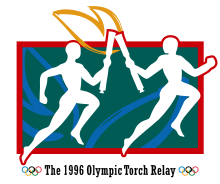 | |
| Host city | Atlanta, United States |
|---|---|
| Countries visited | Greece, United States of America |
| Distance | 26,875 kilometres (16,699 mi) |
| Torch bearers | 12,467 |
| Start date | April 27, 1996 |
| End date | July 19, 1996[1] |
| Torch designer | Malcolm Grear |
| Part of a series on |
|
Torch
.jpg)
The torch was designed by Malcolm Grear and featured 22 aluminum "reeds" intended to represent the number of times that the Games had been held. A gold-plated band towards the base of the torch features the names of all 20 host cities up to and including Atlanta while the logo is etched into another band near the top. The handle, made of Georgia hardwood by Hillerich & Bradsby Co, maker of Louisville Slugger bats, is found near the center of the 76 centimetres (30 in) torch.[3][4] In total it weighed 1,600 grams (56 oz).[4] Torchbearers were allowed to purchase for $275 the torch that they had carried.[5]
Route
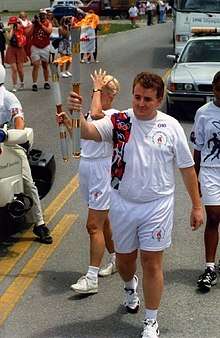
The initial journey of the Olympic flame always begins in Olympia. Over 800 people carried the torch a distance of 2,141 kilometres (1,330 mi) across Greece, the most extensive in the history of the Games.[4] The flame then landed at Los Angeles International Airport on April 27, 1996, and was met with a welcome ceremony. The first torchbearer of the American part of the relay, Rafer Johnson, was the final torchbearer at the 1984 Summer Olympics held in Los Angeles.[6] It went on to visit 42 states and 29 state capitols along a journey of 26,875 kilometres (16,699 mi).[3][4] The torch was carried by 12,467 bearers including 2,000 former Olympians or other people somehow linked to the Olympic movement, 5,500 people who had been nominated locally as "community heroes", and 2,500 people picked out in a draw.[4][5]
The route was designed to take in as many historically and culturally significant locations as possible.[6] The torch was first carried to Santa Monica Pier and was greeted at the first of hundreds of celebratory events. It then proceeded along the coast and up to Kingman, Arizona, at which point it joined the famous Route 66, passing close to the Grand Canyon and reaching Hoover Dam. It was carried across by Martha Watson and the world's largest US flag was unfurled across the wall of the dam.[6]
The route featured a wide variety in the methods of transport used, including bicycles, boats, and trains.[3] From Las Vegas the flame was passed onto a special cauldron car on a Union Pacific train, the first of several train journeys. The National Pony Express Association participated in the journey with riders carrying the torch for over 56 continuous hours. On June 12 the torch was taken on board a replica of a 19th-century packet boat and pulled for 3.2 kilometres (2.0 mi) along Erie Canal by mule.[6] The torch was also carried into space for the first time, with astronauts taking an unlit torch with them aboard Space Shuttle Columbia as part of STS-78.[7][8][9][10] This was replicated during the 2000 Summer Olympics torch relay and as part of the 2014 Winter Olympics torch relay.[10]
While the relay went without any major mishaps there was need for a 15-mile diversion on the route between Baton Rouge and New Orleans – a 310,000 US gallons (1,200,000 l; 260,000 imp gal) gasoline spillage in Gramercy, Louisiana, necessitated the detour.[5]
| Date | Map |
|---|---|
|
April 27 (day 1): Los Angeles |
|
|
May 1 (day 5): Las Vegas |
|
|
May 2 (day 6): San Luis Obispo |
|
|
May 6 (day 10): Eugene |
|
|
May 13 (day 17): Salt Lake City |
|
|
May 14 (day 18): Cheyenne |
|
|
May 15 (day 19): Denver |
|
|
May 17 (day 21): Kearney |
|
|
May 18 (day 22): St. Joseph |
|
|
May 22 (day 26): Oklahoma City |
|
|
May 23 (day 27): Dallas |
|
|
May 25 (day 29)): Baton Rouge |
|
|
May 27 (day 31): Jackson |
|
|
May 28 (day 32): Little Rock |
|
|
May 29 (day 33): Memphis |
|
|
May 30 (day 34): St. Louis |
|
|
May 31 (day 35): Iowa City |
|
|
June 2 (day 37): Minneapolis |
|
|
June 4 (day 39): Milwaukee |
|
|
June 5 (day 40): Chicago |
|
|
June 6 (day 41): Indianapolis |
|
|
June 7 (day 42): Louisville |
|
|
June 8 (day 43): Cincinnati |
|
|
June 10 (day 45): Detroit |
|
|
June 11 (day 46): Cleveland |
|
|
June 12 (day 47): Erie |
|
|
June 13 (day 48): Buffalo |
|
|
June 17 (day 52): Bennington |
|
|
June 18 (day 53): Nashua |
|
|
June 19 (day 54): Boston |
|
|
June 20 (day 55): Providence |
|
|
June 21 (day 56): New Haven |
|
|
June 22 (day 57): New York City |
|
|
June 23 (day 58): Trenton |
|
|
June 24 (day 59): Philadelphia |
|
|
June 25 (day 60): Baltimore |
|
|
June 27 (day 62): Richmond |
|
|
June 28 (day 63): Raleigh |
|
|
July 1 (day 66): Greenville |
|
|
July 4 (day 69): Birmingham |
|
|
July 6 (day 71): Tallahassee |
|
|
July 15 (day 80): Savannah |
Sponsorship
The relay was sponsored by Coca-Cola with accompanying cars, vans, and trucks emblazoned with the logo. Revenue from the drinks sold from the travelling party were donated to charity.[5] As part of the deal Coca-Cola were allowed to choose a quarter of the relay runners. They gave nomination forms away as part of a promotional deal with 12-packs of their cans with the entries largely being selected at random.[11]
Opening ceremony
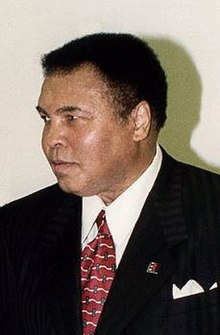
The end of the relay took place on July 19, 1996, at the opening ceremony in Atlanta. Four-time gold medal-winning discus thrower Al Oerter carried the torch to the stadium, passing it to Evander Holyfield. Holyfield was then joined by Voula Patoulidou and the pair passed the flame to American swimmer Janet Evans, the penultimate torchbearer, who carried it around a lap of the track and up a long ramp leading towards the northern end of the stadium.[12][13]
The identity of the final torchbearer had been kept secret and was only revealed when Muhammad Ali appeared at the top of the ramp. Ali, who had won gold at the 1960 Games in Rome and later developed Parkinson's disease, lit a mechanical torch which then travelled along a wire, lighting the cauldron at the top of a 116-foot (35 m) tower.[12][13] His appearance has been referred to as being one of the most inspiring, poignant, and emotional moments in Olympic history.[12][14][15]
References
- Longman, Jere (9 December 1995). "OLYMPICS;Torch Run Takes a Wrong Turn". The New York Times. Retrieved 7 May 2012.
- "Muhammad Ali Lights the Olympic Cauldron". International Olympic Committee. 2017-02-06. Retrieved 2018-03-09.
- "1996 Olympic Torch Relay At a Glance". Washington Post. Retrieved October 7, 2013.
- "Olympic Games Atlanta 1996". Olympic-Museum.de. Archived from the original on October 23, 2013. Retrieved October 7, 2013.
- Johnson, Dirk (May 26, 1996). "15,000-Mile Olympic Torch Route Gives Lots of People Reasons to FeelGood". The New York Times. Retrieved October 7, 2013.
- "The Official Report of the Centennial Olympic Games Volume II" (PDF). The Atlanta Committee for the Olympic Games. pp. 14–53. Retrieved October 7, 2013.
- Pearlman, Robert Z. (April 23, 2013). "Cosmonauts May Carry Olympic Torch and 'Flame' on Spacewalk". Space.com. Retrieved October 8, 2013.
- "NASA Johnson Space Center Oral History Project". NASA. Retrieved October 8, 2013.
- "STS-78 crew holds up Olympic torch at SLF". V Like Vintage. Archived from the original on October 8, 2013. Retrieved October 8, 2013.
- Gayle, Damien (September 26, 2013). "Olympic Torch one step closer to first space walk as the astronauts set to carry it into the void arrive at International Space Station". Daily Mail. London. Retrieved October 7, 2013.
- Hong, Peter Y. (January 31, 1996). "Teacher to Carry Olympic Torch : Compton educator, nominated by one of her eighth-grade students, is first in Southland to be chosen for the honor". LA Times. Retrieved October 12, 2013.
- "The Official Report of the Centennial Olympic Games Volume II" (PDF). The Atlanta Committee for the Olympic Games. pp. 68–69, 132. Retrieved October 7, 2013.
- Weinberg, Rick. "8: Ali lights the flame at the 1996 Olympics". ESPN. Retrieved October 8, 2013.
- Thornburgh, Tristan (July 19, 2013). "On Today's Date: Muhammad Ali Lights the Torch at the 1996 Olympics". Bleacher Report. Retrieved October 7, 2013.
- Luckhurst, Samuel (May 31, 2012). "London 2012 Olympics Countdown: Muhammad Ali Prompts Tears At Atlanta 1996". Huffington Post. Retrieved October 8, 2013.


